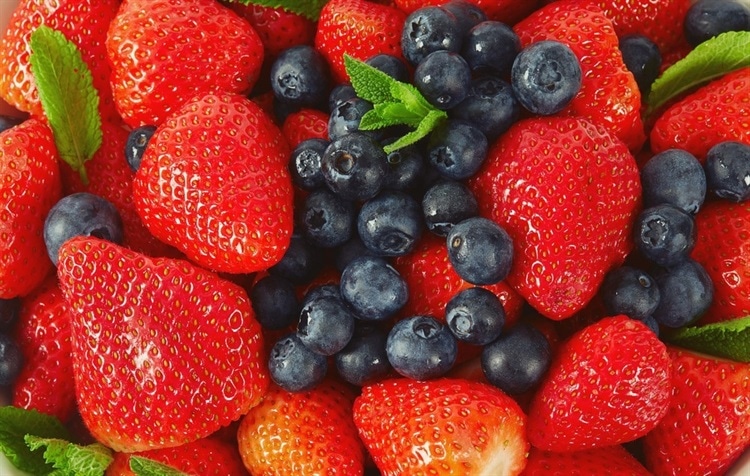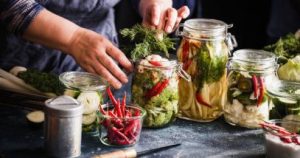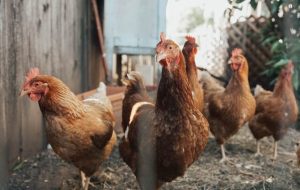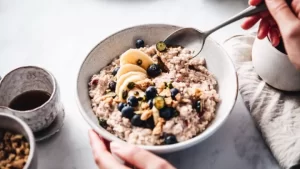By 2026, the global market for functional beverages might be worth USD 156 billion due to its unheard-of 6% annual growth rate. Clearly, people are becoming more health conscious and preferring hydrating items with natural pigments and fewer sweeteners than fizzy, high-calorie foods.
Decoctions of strawberries and blueberries are both high in polyphenols, particularly anthocyanins. They do, however, exhibit different polyphenol profiles, with the former being higher in pelargonidin hexoside and lower in ellagitannins. In contrast, the latter is abundant in four different kinds of hexoside compounds and contains only trace amounts of flavanols. So, these decoctions with complimentary characteristics, according to the authors, could aid in the elaboration of functional beverages.
In the current investigation, berry-based beverages were added as a supplement to the HFF diet for 18 weeks to observe any effects on the rats’ biometrics and fat tissue. Also, they examined the effects of these berry-based beverages on the triglycerides in the liver, feces, and serum of rats as well as their insulin resistance measures.
The scientists also demonstrated how berry-based beverages affected the genes necessary for fatty acid de novo synthesis, -oxidation, and intracellular transport in the test animals’ livers. Finally, they ran a focused metabolomic study on all urine samples from test animals. They were able to determine which polyphenol metabolites were present in the urine following long-term daily berry-based beverage intake.
The strawberry and blueberry-based beverages developed in this study had a high content of polyphenols, mainly anthocyanins. Though pelargonidin hexoside was the primary polyphenol in the strawberry decoction, blueberry-based one was rich in several flavonoids, e.g., quercetin hexoside, which made their profiles contrasting and an apt fit for functional beverages.
Another observation was that the berry-based beverages used in this study did not protect against hyperinsulinemia, hyperglycemia, β-cell pancreatic damage, and insulin resistance in HFF-fed rats partly because of their relatively low polyphenol content. Conversely, they exerted a chronic anti-hypertriglyceridemic effect.These beverages also reduced the accumulation of triglycerides in the liver, which together with obesity and insulin resistance, is known as metabolic-associated fatty liver disease (MAFLD). Wang et al. reported that delphinidin 3-O-glucoside and cyanidin 3-O-glucoside, two anthocyanins purified from wild blueberry and strawberry fruits, completely cleared hepatic triglycerides. Liu et al. also showed that the phenolic acid-rich blueberry fraction had a much more inhibitory effect on triglyceride accumulation than its anthocyanin-rich fraction.
MAFLD causes a disparity in the lipid metabolism pathways, e.g., the β-oxidation pathway responsible for the catabolism of fatty acids and de novo lipogenesis or fatty acid biosynthesis, besides fatty acids import and export in the liver. Accordingly, compared to control rats, HFF diet-fed rats developed a mild MAFLD. They accumulated lipid vacuoles within hepatocytes but showed no increases in hepatic injury markers, e.g., aspartate transaminase (AST), alanine aminotransferase (ALT), or alkaline phosphatase (ALP).






